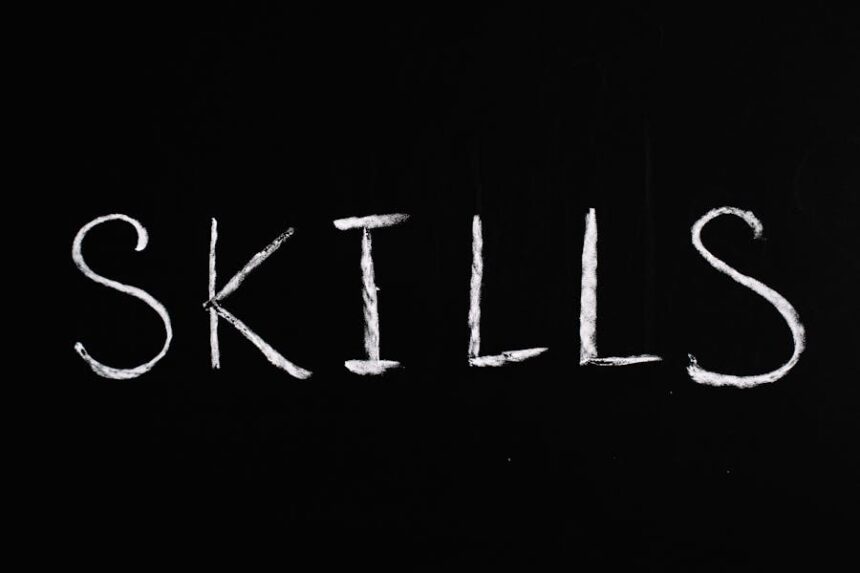In close-knit neighborhoods where connection is part of the daily rhythm, being prepared isn’t just about safety—it’s about showing up for one another. That’s why CPR and First Aid Training is more than a personal skill; it’s a shared community asset. When everyday people are ready to step in during a crisis, they don’t just save lives they strengthen the threads that hold their neighborhood together.
The Power of Everyday Readiness
Emergencies don’t always announce themselves. Sometimes it’s a child who takes a hard fall, a neighbor who suddenly collapses, or a senior who needs help after slipping on the stairs. In those moments, what matters most is not who you are—it’s what you know.
Basic preparedness can transform fear into action. A calm, informed response can de-escalate panic, minimize harm, and even buy precious time until professional help arrives. But the greatest impact comes when readiness becomes part of the culture—when more people feel confident saying, “I know what to do.”
Learning as a Community
What makes learning safety skills special is how naturally it brings people together. Workshops, pop-up trainings, and community demos are opportunities not just to learn, but to connect—across generations, experiences, and backgrounds.
Imagine a weekend event where families learn how to use a first aid kit together, or teens pair up with elders to practice calling emergency services. These moments do more than pass on knowledge—they spark conversations, build confidence, and foster mutual respect.
Real Stories, Real People
Helping at the Park
During a neighborhood picnic, a child tripped and hit their head on a bench. Before anyone panicked, a nearby parent calmly stepped in, checked for signs of a concussion, and comforted the child until help arrived. Their recent training made all the difference.
A Family Learning Together
One household decided to take an online safety course together after dinner over a few evenings. They practiced scenarios like burns, choking, and calling 911. The experience gave them peace of mind—and some good laughs.
Volunteers Leading the Way
A local volunteer group took the initiative to assemble basic safety kits and deliver them to households, along with simple printouts on what to do in common emergencies. The result? Dozens of residents now feel a little more confident and cared for.
Small Actions, Big Ripples
You don’t need a medical background or special equipment to make a difference. Many helpful actions start small:
Knowing how to position someone who’s fainted
Learning how to stop minor bleeding safely
Recognizing when it’s time to call emergency services
When enough people in a community know these basics, a quiet kind of strength emerges. It shows up in ordinary moments and reminds everyone that someone is looking out for them.
How to Get Involved
There are plenty of accessible ways to bring safety learning into everyday life:
Community Centers & Places of Worship: These often host free or low-cost classes. Don’t see one listed? Ask about starting one.
Youth Groups & Clubs: Integrating safety skills into existing programs can make learning fun and familiar.
Neighborhood Groups: Hosting a skill-share night or inviting a guest speaker can start valuable conversations.
Digital Resources: Many reputable organizations offer free guides, videos, and printable materials.
Even something as simple as sharing a safety tip in a community chat or posting about what you learned can inspire others to do the same.
Centering Care in Community Values
At the heart of strong neighborhoods is care—the kind that checks in on someone after a storm, that notices when something’s not quite right, that offers help without being asked. Safety training supports this ethic by giving people the tools to act on their instincts to help.
Preparedness isn’t about living in fear of emergencies. It’s about building trust, confidence, and resilience in the people around you. When readiness becomes a shared goal, it naturally weaves itself into the culture—just like mutual aid, creative expression, and civic participation already have.
Final Thoughts
A prepared community is a connected community. When more people know how to act with confidence in urgent situations, it raises the bar for what’s possible—during crises and in everyday life. The journey to that kind of community starts not with big budgets or formal titles, but with a willingness to learn, to share, and to look out for one another.




